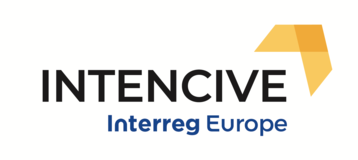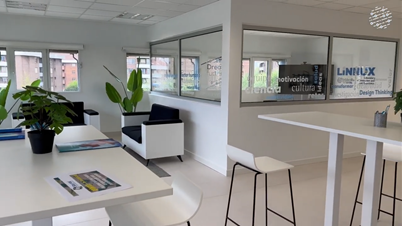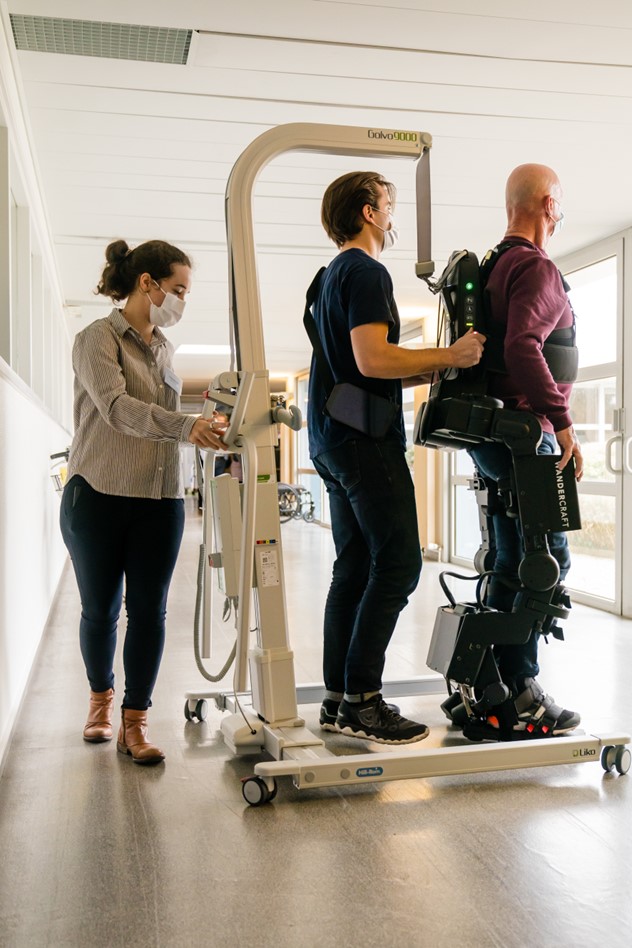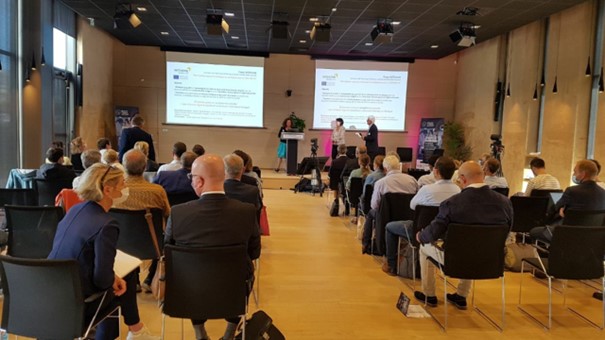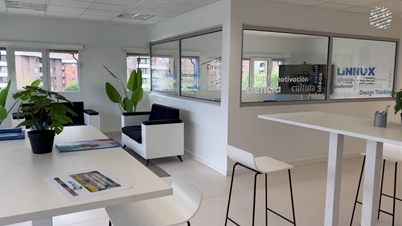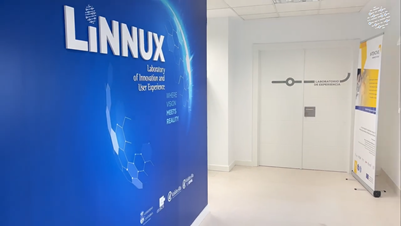The core of Interreg Europe projects evolves around Good Practices and learning from each other. INTENCIVE project highlights customer orientation as a baseline for choosing good practices from regions. Project partners will apply a Bikva model in order to ensure that the good practices are best from the customers' views as well.
Danish Hanne Katherine Krogstrup developed Bikva evaluation model and data collection method in 1996. It has been used mainly in the Nordic countries. The main aim of the model is to find out clients’ feedback about service quality and effectiveness. Bikva is, in other words, a customer-oriented quality assurance. Bikva model allows customers to make decisions about the topics discussed during group discussions. Facilitators try mainly to listen and make notes. Topics that are important to customers may not always be that for professionals. The core of Bikva data is created by clients and it is the starting point for the whole process.
The original Bikva model and data collection method applies to four layers of different groups. Those are:
1. Discussion with Clients
2. Discussion with Professionals
3. Discussion with Managers
4. Discussion with Decision-makers
Taken into consideration the project length and resources available, INTENCIVE project partners decided to use a modified version of the Bikva model but with respect to the original method and especially the involvement of the different customer groups. After a tendering process, an external expert was chosen to modify the model, and train and support project partners. The modified version of the Bikva model has only two discussion groups:
1. Discussion with Clients
2. Discussion with a mixed group (professionals, managers, and decision-makers)
Also, the process has gone through some modifications and it has been adapted to easier apply to good practices in each region. The process includes the following steps:
- Create a plan for each Bikva discussion with clients (for the chosen 10 Good Practises)
- Organize discussions for 10 client groups and describe results for the stakeholder group
- Let stakeholders choose five good practices for the second Bikva discussions
- Create a plan for each Bikva discussion with a mixed group (for the chosen 5 Good Practices)
- Organize discussions for five mixed groups and describe results for the stakeholder group.
Finally, after the process is conducted, project partners will have altogether around 20 good practices which can be collected and showcased across regions. Currently, project partners are at the planning stage and actual group discussions will be held later this year.
Sources:
Krogstrup 2004 (available in Finnish):www.julkari.fi/bitstream/handle/10024/75625/bikva.pdf;
Presentation by Minna Niemi and Heli Toroska, Pikassos Ltd - The Centre of Excellence on Social Welfare in the regions of Kanta-Häme, Pirkanmaa, and Satakunta: pikassos.fi/in-english
